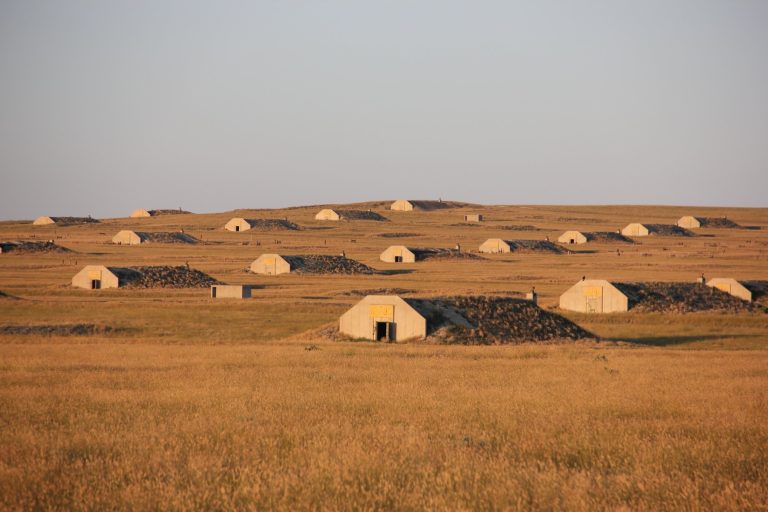PIERRE, S.D. – In honor of Women’s History Month in South Dakota, the South Dakota State Historical Society’s virtual “History Talks” author speaker series will feature historians Lori Ann Lahlum and Molly P. Rozum speaking about the anthology they co-edited, “Equality at the Ballot Box: Votes for Women on the Northern Great Plains.”
This free virtual event will be held March 16 at 7 p.m. CDT on Zoom. To register, go to sdhsf.org/events. “History Talks” is a monthly program of the South Dakota Historical Society Press and the South Dakota Historical Society Foundation.
On Dec. 10, 1869, the governor of Wyoming Territory signed the first full woman suffrage bill in the history of the United States. Suffragists in the neighboring territories of Montana and Dakota believed their prospects were similarly bright. Over the next 20 years, however, organizers’ efforts to secure votes for women met only limited success. While suffragists hoped the territories’ respective bids for statehood in 1889 and 1890 would change their fortunes, only Wyoming enshrined voting rights for all in its state constitution.
The fight for full woman suffrage on the Northern Great Plains would take another three decades. In “Equality at the Ballot Box,” editors Lori

Ann Lahlum and Molly P. Rozum have compiled a set of original essays that illuminate key aspects of the movement. Here, scholars uncover previously untold stories of the women who traveled immense distances to win over a diverse, often contentious public. Essential for understanding the larger picture of woman suffrage, including the significance of the Women’s Christian Temperance Union, school suffrage, and the anti-suffrage movement, this volume reveals the impact this isolated, rural region had on women’s rights nationwide.
The contributors to “Equality at the Ballot Box” build upon classic woman suffrage scholarship and develop new ideas that capture the spirit of suffrage scholarship and develop new ideas that capture the spirit of suffrage on the Northern Great Plains. For the first time, the region’s unique circumstances are considered, including its significant populations of European immigrants and American Indians as well as harsh climates and sprawling landscapes. By turning scholarly attention to this understudied area, Lahlum and Rozum start a long-needed conversation and point to rich avenues for further exploration.
For more information about the South Dakota Historical Society Press and its books, please visit https://www.sdhspress.com/ and follow @sdhspress on Facebook, Instagram, and Twitter.











